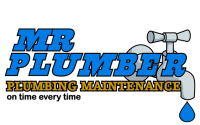Providing clean drinking water is not the only important provision to a household. Household sanitation is just as important. For rural and semi-rural properties, Polymer transpiration septic systems are widely regarded as one of the best systems available for the disposal of waste-water in unsewered areas. With Mr Plumber, family health is protected by providing safe and efficient disposal of waste-water from kitchen sink, bathroom and shower, laundry tubs and septic system. Polymer Transpiration Channels are suitable for virtually every site and layout combination. Mr Plumber have vast experience in installation, specification and are able to design transpiration trenches to meet the needs of the waste-water system and to suit the condition of the soil and terrain.
Mr Plumber have partnered with Reln Plastics to provide a complete blackwater, greywater and sewerage solution.





